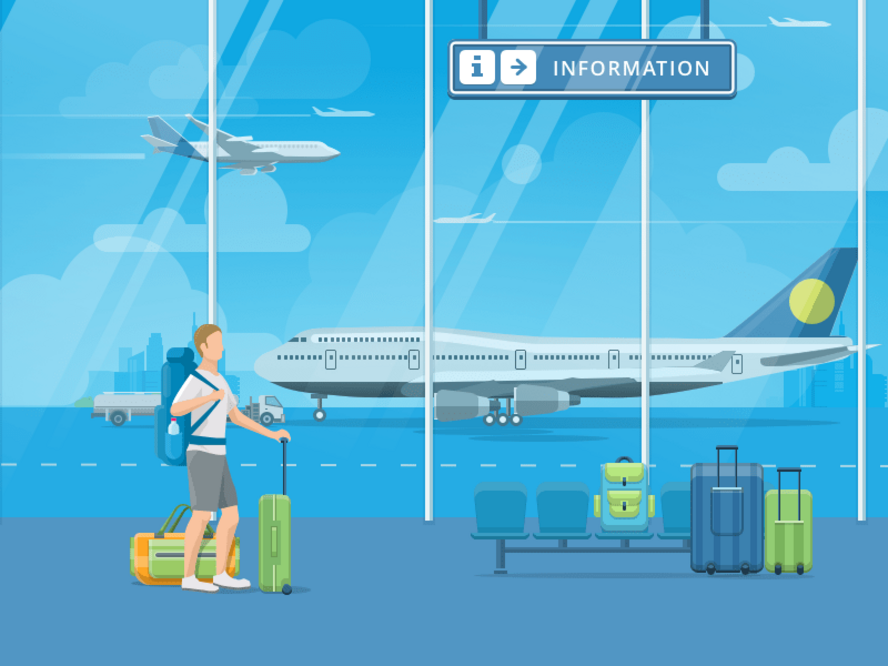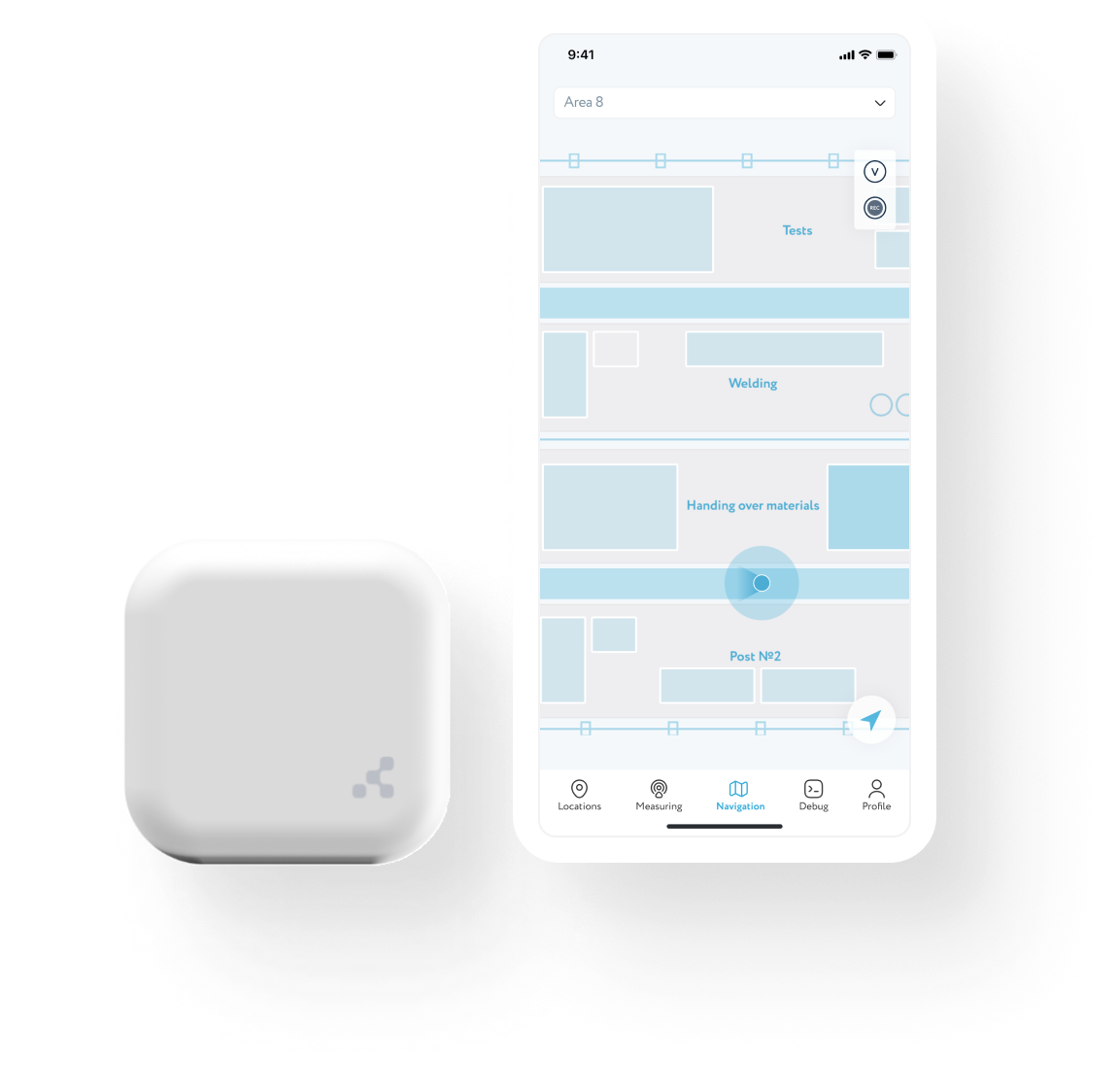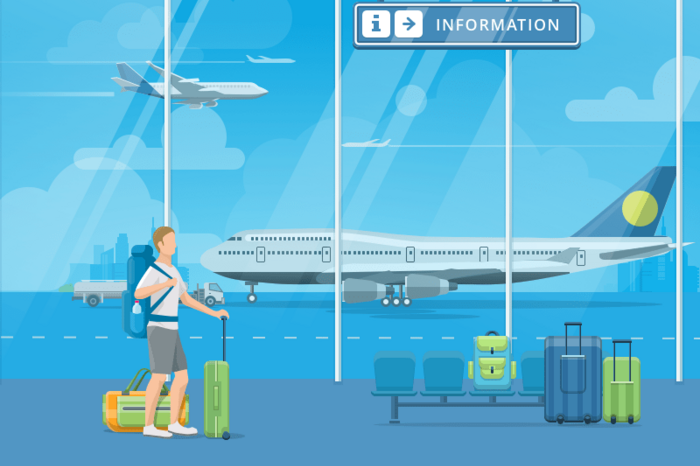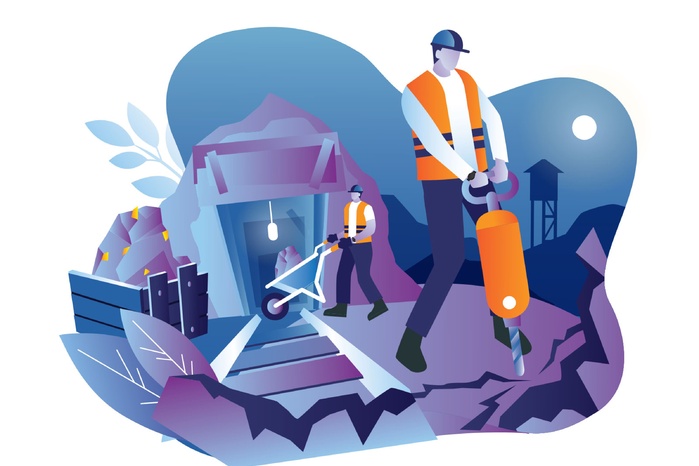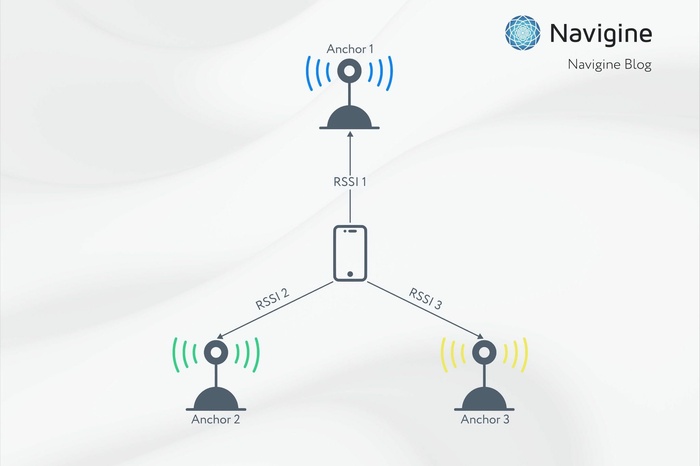Img Source - Felix Baky
Navigating through airports can often be tedious and stressful for visitors. Long hallways, complex layouts, and crowded spaces can make it difficult to find gates, terminals, or facilities. However, in the digital age, airports are introducing innovative solutions that simplify travel processes and improve the passenger experience. One of these innovations is indoor wayfinding. In this article, we will explore the features of wayfinding in airports and delve into its role in the functioning of transport hubs.
Standard navigation methods at airports
Modern airport buildings are large-scale multi-level structures, consisting of many halls, corridors, and various rooms. Managing such spaces poses serious difficulties, especially on busy days when efficiency is key and there is a surge of passengers in the transport hub. Until recently, most airports used standard wayfinding methods such as signs, digital kiosks, etc. However, these days, they are gradually becoming outdated and are no longer convenient for visitors. There are many reasons for this, such as excessive time spent searching for necessary objects, difficulties with orientation, and the inability to create the shortest possible route. In such situations, an airport wayfinding system comes to the rescue, making it easy to find the optimal path indoors.
What is an indoor wayfinding system inside an airport?
The airport wayfinding technology is an innovative software package that is integrated into applications to expand their functionality. The platform is based on a set of algorithms that allow you to calculate the location of a person or object in real time, plot routes to places of interest, and send out alerts with useful information or advertising.
Wayfinding operates based on various technologies. Most often, Bluetooth® Low Energy, Wi-Fi, and QR codes are used. The platform is based on special sensors placed indoors that send signals with identifiers at certain intervals. Reading devices capture these impulses and send them to the server, where they are processed and transmitted as ready-made information to a mobile application.
Statistics show stable growth of the positioning and indoor navigation market around the world. As of 2022, its volume amounted to $8.53 billion. The market is projected to reach a CAGR of 42.63% over the next 5-6 years and will be valued at $102.43 billion by 2029. The popularity of indoor wayfinding is due to its many benefits, such as:
- determining the location of objects with a high level of accuracy – up to 3.3 ft;
- autonomous operation of the system;
- building digital maps of routes with the ability to zoom in or out, covering the entire building or individual locations;
- providing step-by-step instructions for easier orientation.
Thanks to indoor navigation, the quality of passenger service can be improved. The system increases the loyalty of visitors to the transport hub and allows them to have a pleasant experience while at the airport. At the same time, the management can use data on the movement of passengers to optimize logistics operations and regulate passenger flow. Airport wayfinding technology increases the safety of staying at the airport and allows for a quicker response to emergencies.
%20(1).png)
Possible options for using the system at the airport
An airport wayfinding system can be used in many ways. The most common of them are planning routes, sending push messages and locations to other users, and analyzing passenger flows to optimize business processes.
Real-time navigation for passengers
The system helps visitors get closer to their points of interest step by step. With its help, you can quickly go through the entire passenger journey, from the entrance to the terminal through checkpoints to the doors of the aircraft. By using the platform, you can avoid the stress that people often experience when in such noisy and crowded places. Wayfinding technology will eliminate unnecessary wandering, make it easier for travelers to find themselves at the airport, and make the trip as comfortable as possible.
Quickly searching and building routes to the desired objects
Using an airport wayfinding system opens up wide opportunities for passengers to search for any object. It’s enough to just download a mobile app with indoor navigation features to your phone to gain access to digital maps and get the most convenient route to a particular object. Using the platform, you can quickly find check-in counters, bathrooms, cafes, shops, and parking lots. Geolocation tools greatly simplify travel and help you easily get to the right place without delays or wasted time.
Sending location/location to other users
Another useful feature of the wayfinding system is sharing your location. If needed, the passenger can send data about their location to relatives or friends, and they can find the person without wasting extra time. The system is also successfully used to organize meetings inside the building (for example, delegations or tourists). To do this, you just need to share your location or go to the room where other participants gather.
Push notifications
With indoor wayfinding, travelers can receive useful information and stay informed about events occurring at the airport. The data is sent in the form of push notifications and may include the following information:
- flight status, possible delays in departure or arrival;
- personalized messages about boarding gate changes, baggage claim, etc.;
- information on services for people with limited mobility;
- advertising messages, information about promotions, and special offers in stores;
- menu of cafes and restaurants, food and beverage prices.
Relevant information can be sent as passengers pass shops or food service establishments, encouraging them to explore these options and potentially increasing the business revenue.
Passenger flow analytics
Navigating large crowded airports can be overwhelming, potentially leading to missed flights. Thankfully, the management can leverage the indoor wayfinding system to analyze passenger flow. This platform allows them to track visitor movements and address various issues, such as:
- distributing the flow of travelers evenly;
- avoiding gatherings of passengers at one point;
- reducing the load on check-in counters and customs inspection lines.
Apps can be customized to guide visitors along different routes based on their needs and priorities. This optimization not only benefits the airport's operation but also ensures passenger safety and enhances their overall travel experience.
Navigine is your partner for developing and implementing an airport wayfinding system. Our expertise lies in creating effective solutions based on object location data and providing comprehensive tools for route building using geodata. We also actively contribute to the Open Source community and share part of navigation algorithms for mobile applications with wayfinding features. For more detailed information about our system, please contact us through your preferred method: email, online feedback form, or by booking a demo call.
